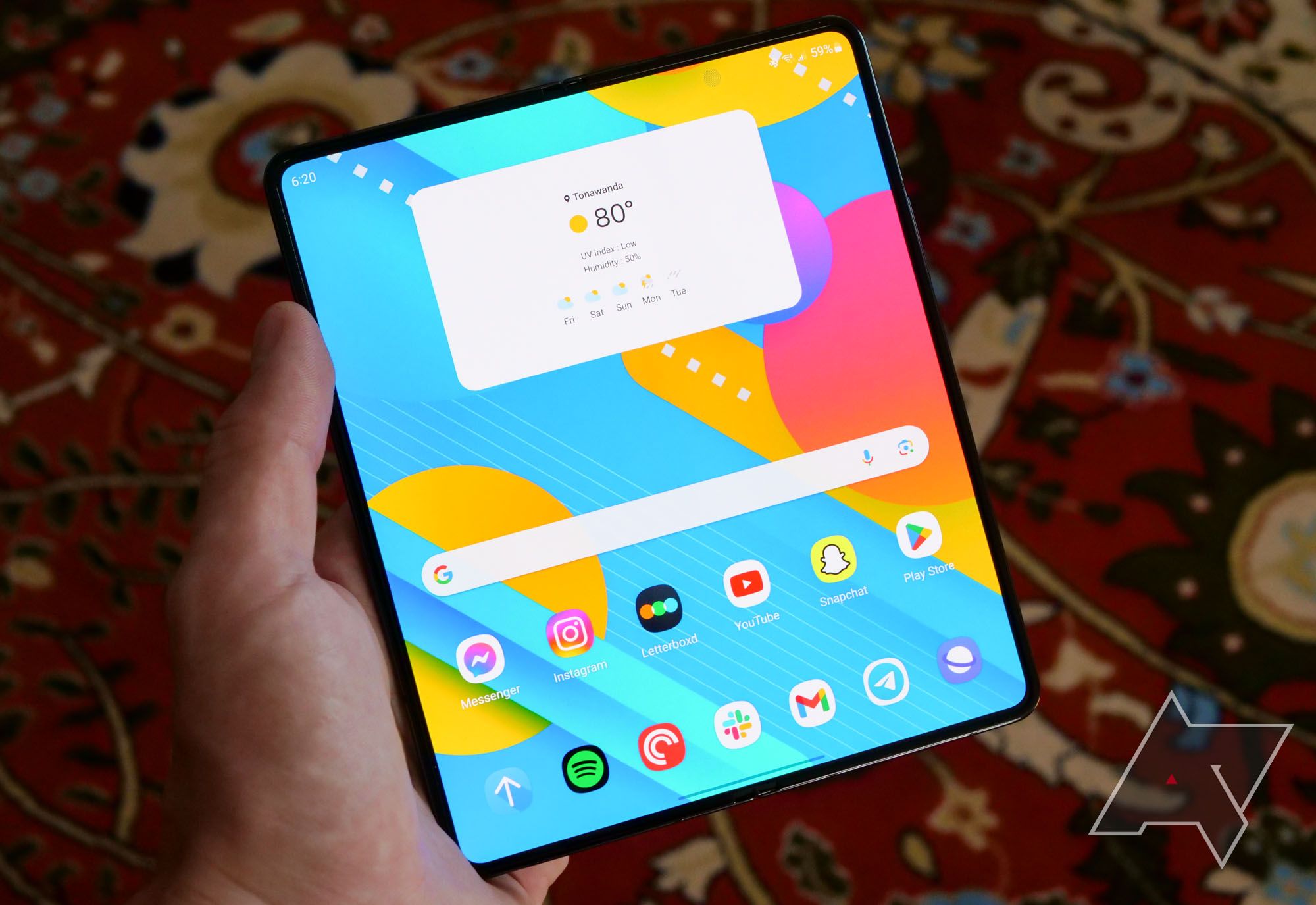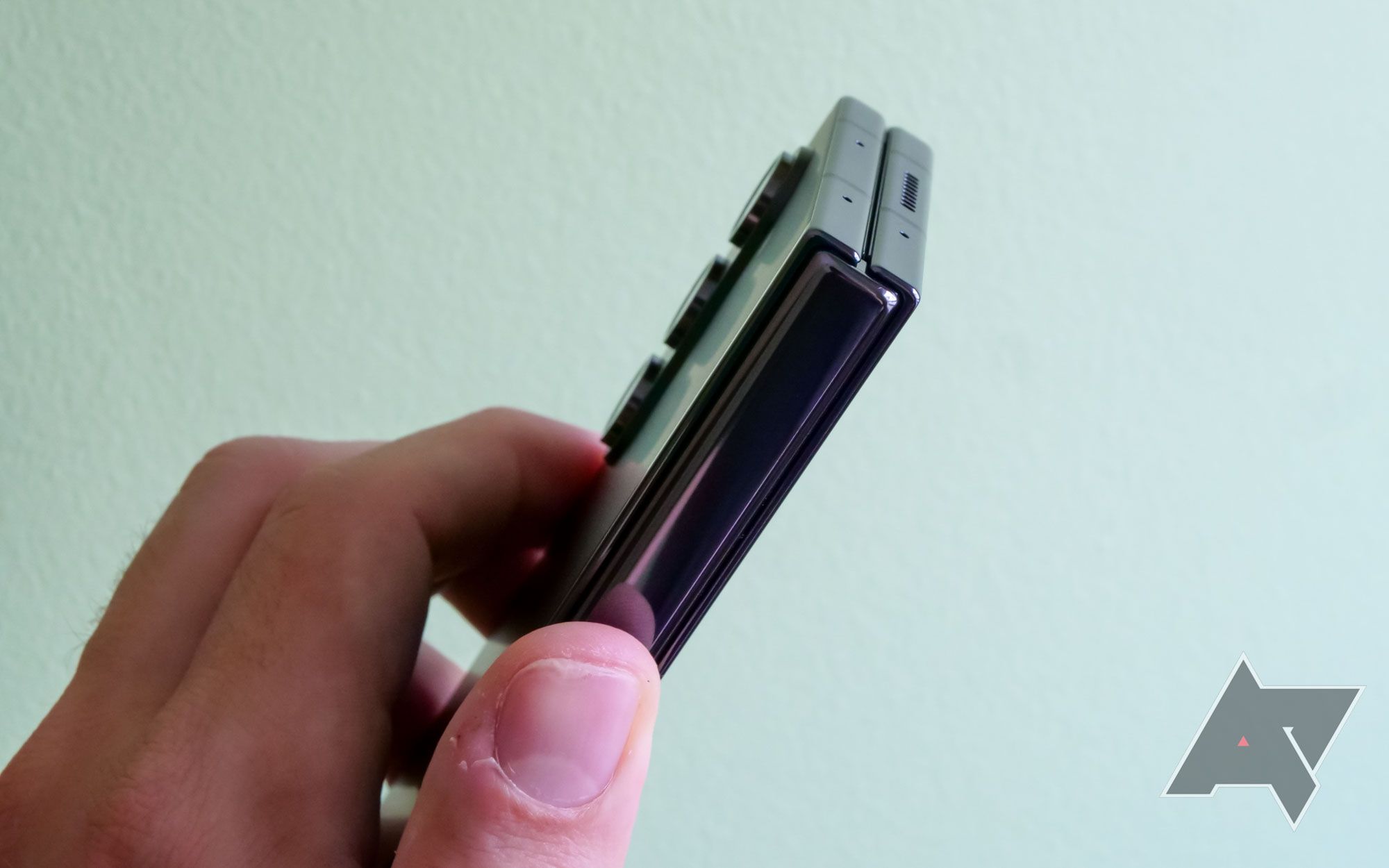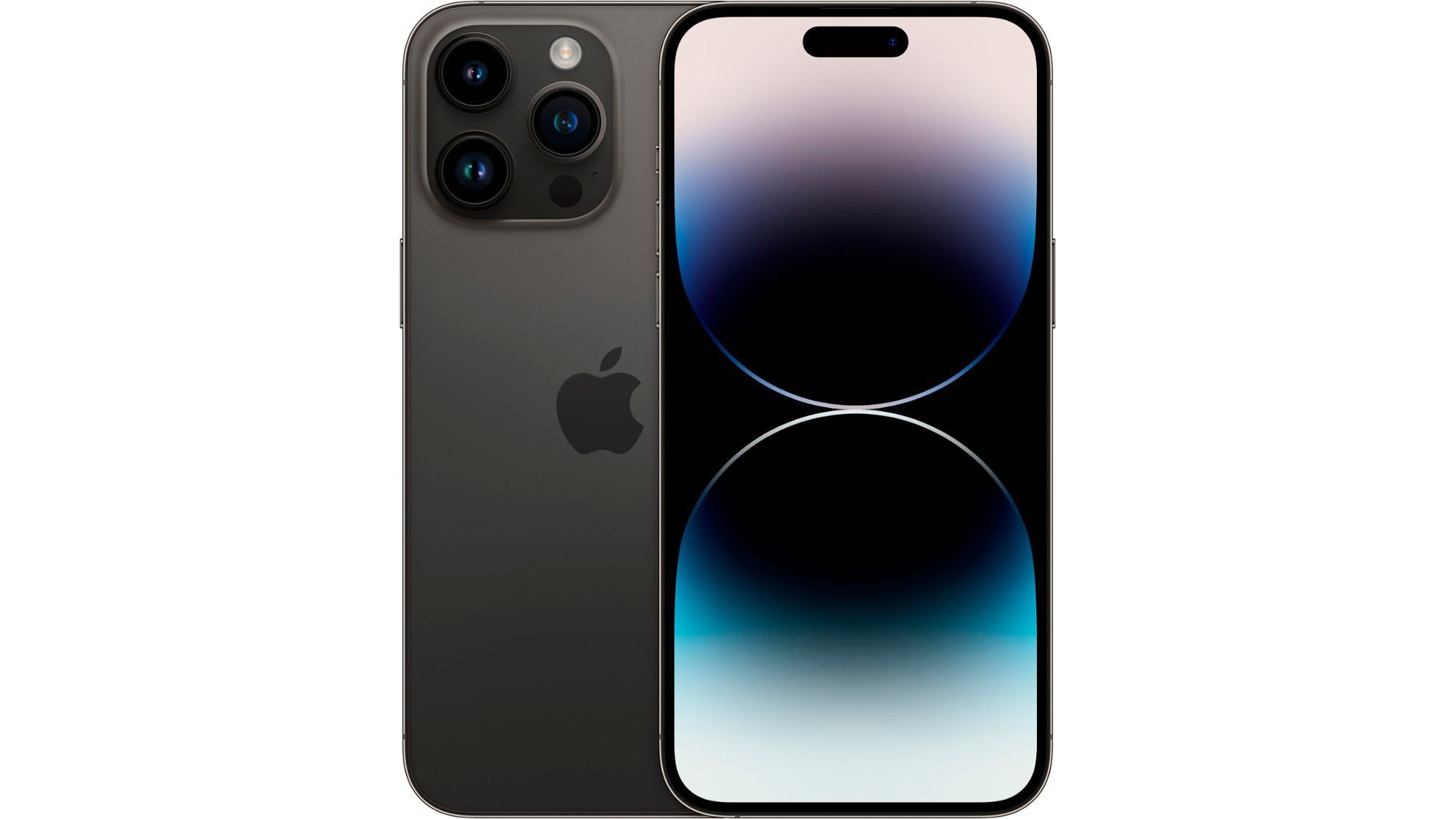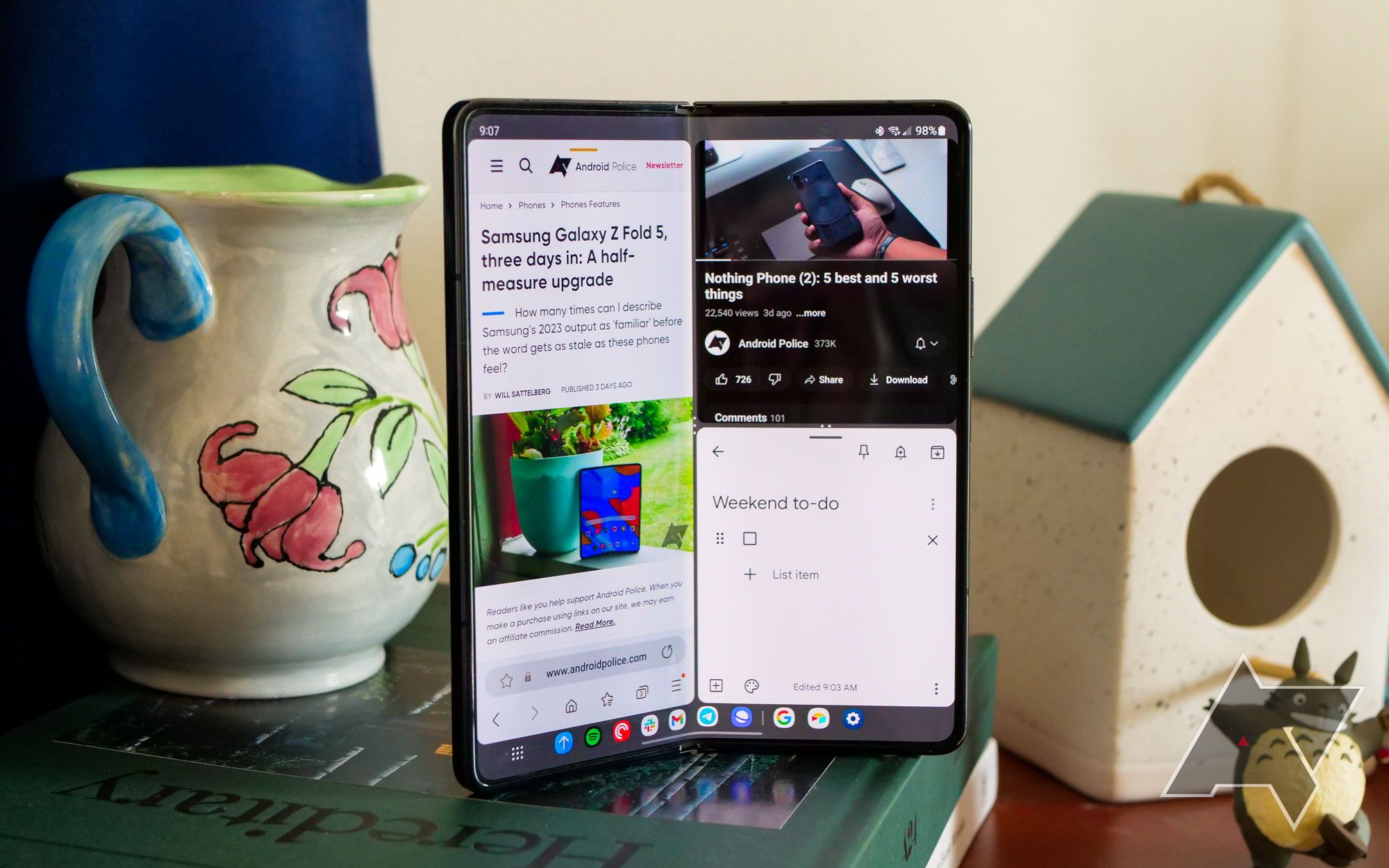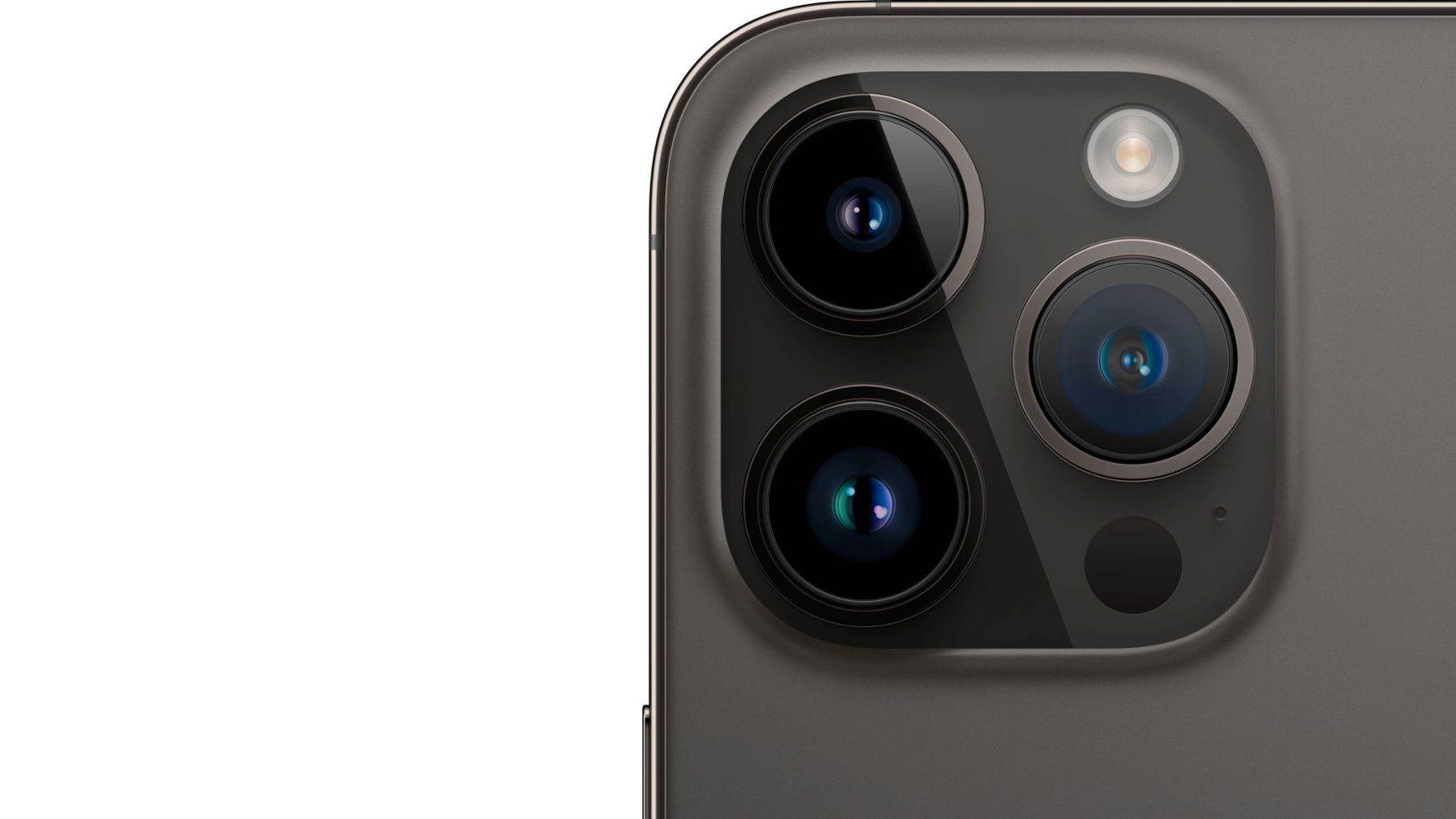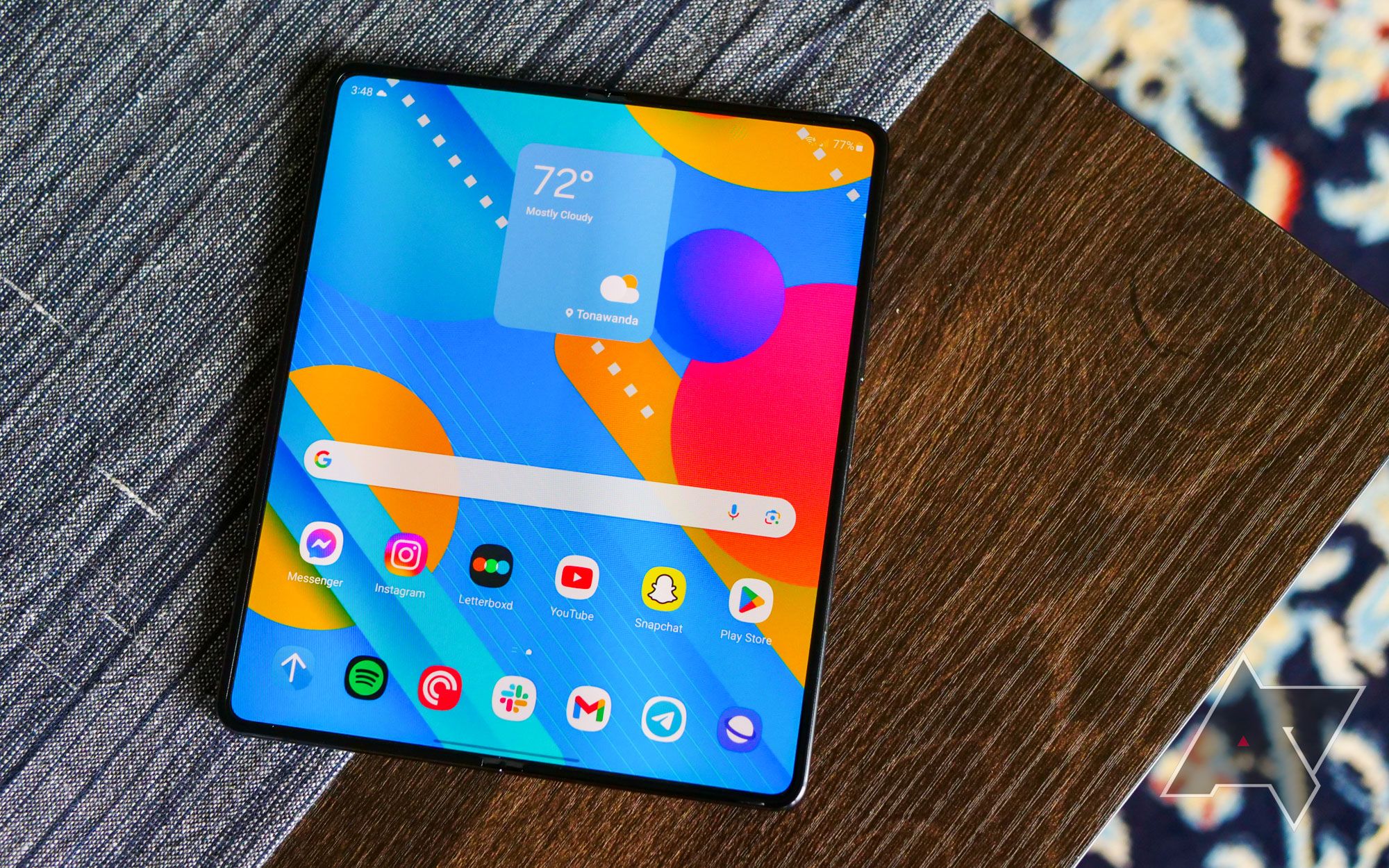-
Source: Samsung
Samsung Galaxy Z Fold 5
Folding phenom
Samsung’s Z Fold 5 is undoubtedly the right choice for those who love the latest tech, but the folding display and S Pen support don’t come cheap. You can get the most expensive iPhone 14 Pro Max for $200 less than the introductory Z Fold 5, making this a harder sell for the average user.
Pros- Folding display is better than ever
- S Pen makes for easy inking
- Snappy performance
Cons- Costs $1,800 to start
- More prone to breaking
-
Source: Apple
Apple iPhone 14 Pro Max
Apple’s biggest iPhone
The iPhone 14 Pro Max is Apple’s biggest and most powerful phone, and though it lacks a folding screen, it should be the right choice for most people. It’s powerful, relatively durable, and costs about $700 less than the Z Fold 5 to start.
Pros- Gorgeous display (even if it doesn’t fold)
- IP68 water and dust resistance
- Excellent performance and battery life
Cons- No folding display
- Uses Lightning instead of USB-C
Summary
- The Samsung Galaxy Z Fold 5 and the Apple iPhone 14 Pro Max are both high-end phones with different form factors and price points.
- The Z Fold 5 is a foldable phone with two displays, while the iPhone 14 Pro Max has a traditional single display design.
- The Z Fold 5 offers a larger internal folding screen and the option to use an S Pen, while the iPhone 14 Pro Max has a higher resolution display and a unique display notch feature.
The Samsung Galaxy Z Fold 5 is one of the best Android phones around, as long as you’re in search of a foldable device with two displays and a big price tag. The Apple iPhone 14 Pro Max, on the other hand, is the biggest and most powerful iPhone out there. It doesn’t fold, but it does have a gorgeous 6.7-inch display and a price that’s about $700 less than the Z Fold 5 to start.
Aside from price and features, these two phones run on different systems and performance hardware, with a big difference in form factor. Let’s drill down into the details to compare the similarities and contrasts to ensure you get the best phone possible.
Price, availability, and specs
The Galaxy Z Fold 5 is considered one of the best foldable phones on the market today, and with that distinction comes an elevated price. Models with 256GB of storage start at about $1,800, climbing to $1,920 for 512GB and $2,160 for 1TB. You can reliably find the Z Fold 5 at Samsung’s official website, as well as at third-party retailers like Amazon and Best Buy.
The iPhone 14 Pro Max starts at a more modest $1,100 for a model with 128GB of storage space. Climbing to 256GB to match the introductory Z Fold 5 model puts the price at $1,199. Doubling the storage to 512GB costs $1,399, and doubling it again to 1TB costs $1,599. That’s still almost $200 less for the most expensive iPhone model compared to the introductory Z Fold 5. The iPhone 14 Pro Max is available at Apple’s official website, but you can also find it at third-party retailers like Best Buy and Amazon. The latter retailer seems to only be offering renewed models at the moment, but that can change.
Here’s a look at the specs available in the Galaxy Z Fold 5 and iPhone 14 Pro Max:
-
Samsung Galaxy Z Fold 5 Apple iPhone 14 Pro Max SoC Snapdragon 8 Gen 2 A16 Bionic Display 7.6″ 2176 x 1812 120Hz OLED primary, 6.2″ 2316 x 904 120Hz OLED cover display 6.7 inches, 2796×1290, OLED, 120Hz RAM 12GB 6GB Storage 256GB, 512GB, or 1TB 128GB, 256GB, 512GB, 1TB Battery 4,400mAh 4,323mAh Ports USB Type-C 3.2, OTG Lightning Operating System Android 13 (One UI 5.1.1) iOS 16 Front camera 4MP f/1.8 under-display camera (80˚ FoV, 2.0μm pixels), 10MP f/2.2 cover display camera (85˚ FoV, 1.22μm pixels) 12MP (f/1.9) TrueDepth with FaceID Rear cameras 50 MP f/1.8 wide-angle (85˚ FoV, OIS, 1.0μm pixels), 12MP f/2.2 ultra-wide (123˚ FoV, 1.12μm pixels), 10MP f/2.4 telephoto (36˚ FoV, OIS, 1.0μm pixels) 48MP main (24mm, f/1.78), 12MP ultra wide (13mm, f/2.2, 120°), 12MP telephoto (77mm, f/2.8) Connectivity 5G (inc mmWave), LTE, up to Wi-Fi 6E, Bluetooth 5.3, NFC 5G, LTE, Wi-Fi 6, Bluetooth 5.3, NFC Dimensions 67.1 x 155 x 13 mm folded, 130 x 155, 6.1 mm unfolded 160.7mm x 77.6mm x 7.85mm Colors Ice Blue, Phantom Black, Cream + Samsung.com exclusive Gray, Blue Space Black, Silver, Gold, Deep Purple Weight 253g (8.92Oz) 8.47 ounces (240g) Charging 25W Super Fast Charging wired, 15W wireless (Qi) 20W+ wired, 15W MagSafe wireless, 7.5W Qi wireless IP Rating IPX8 IP68
Design
Choosing a phone based on design is usually a subjective choice, but in this case, we have two different form factors vying for your attention. While Apple’s iPhone 14 Pro Max is a more traditional phone with one display and a thin body, the Galaxy Z Fold 5 is a foldable phone with an outer screen, an inner main screen, and a hinge system that lets the main screen fold up on itself.
The folding design isn’t for everyone, but those who entertain the idea of having a phone that can turn into what is essentially a small tablet should be enamored. A new hinge for this Z Fold generation removed some of the phone’s bulk when closed, and the two screen halves can now sit closed without a noticeable gap; however, there’s still some room inside to prevent damage from crumbs and residue. With all the moving parts, it might feel like the Galaxy phone isn’t quite as sturdy as the iPhone, but it is built to a high standard and is in line with Samsung’s premium S-series of hardware.
Folded up, the Z Fold 5 measures 67.1mm x 155mm x 13mm; unfolded, it measures 130mm x 155mm x 6.1mm. In contrast, the iPhone 14 Pro Max measures about 77.6mm x 160.7mm x 7.85mm. The Z Fold 5 also weighs more at about 253g compared to the iPhone 14 Pro Max at 240g. You’ll likely notice the Z Fold 5 more when carrying it around in your pocket, but it’s not so thick that you won’t eventually get used to it.
The Z Fold 5 comes in Ice Blue, Phantom Black, and Cream colors, with Gray and Blue exclusives if you shop straight from Samsung. The iPhone 14 Pro Max is available in Deep Purple, Gold, Silver, and Space Black, with an IP68 rating for water and dust resistance, whereas the Z Fold 5 has an IPX8 rating for water resistance but not dust resistance.
Display
Source: Apple
In our Samsung Galaxy Z Fold 5 review, phones editor Will Sattelberg noted that the display is practically unchanged from last year’s Z Fold 4, saying, “The inner screen doesn’t suffer from the same levels of reflectiveness I experienced on the Pixel Fold. And as a bonus, its maximum brightness level has been raised to match what we’ve seen on the Galaxy S23 Ultra, making it perfect for outdoor use.” The inner screen can now hit up to 1,750 nits for better outdoor use.
Sattelberg also mentioned that the slimmer cover screen — measuring 6.2 inches with a 2316×904 resolution and OLED panel — is a bit awkward for typing, at least in portrait orientation. It will likely push you to make more frequent use of the inner display, but those who love the feel of a standard phone might find the Z Fold 5 too narrow for heavy use. As mentioned, the internal folding screen, measuring 7.6 inches with a 2176×1812 resolution and OLED panel, is somewhere between a phone and a tablet. These are both beautiful screens with 120Hz refresh rates, and the more square aspect ratio in the Z Fold 5 will be perfect for some workflows and for multitasking.
The iPhone 14 Pro Max has the more traditional screen setup, with a brilliant 6.7-inch Super Retina XDR OLED panel and 2796×1290 resolution. That comes out to 460 pixels per inch (PPI), which is considerably higher than the Z Fold 5’s 402ppi for the cover screen and 374ppi for the internal folding screen. An outdoor mode lets the screen climb to 2,000 nits, with 1,000 nits of typical brightness available anytime and 1,600 nits reserved for HDR content. It, too, can climb to a 120Hz refresh rate for a smooth look.
One area where the Z Fold 5 pulls ahead is with its S Pen. The small stylus allows for a quality inking experience that, along with the large internal display, can come in handy for taking notes, sketching diagrams, or just navigating your apps. Some of the best Galaxy Z Fold 5 cases even come with an S Pen holder for safekeeping.
On the flip side, with its fancy “Dynamic Island” name, the iPhone’s display notch is no longer just a blank spot on your screen. It can do many things, such as display scores and song titles, switch apps, handle AirDrops, and much more. It’s sort of like a miniature cover display baked into the main screen, and it’s only available on iPhone 14 Pro and Pro Max models.
Software
The Galaxy Z Fold 5 comes with Android 13 and Samsung’s One UI 5.1.1 customization, while the iPhone comes with Apple’s iOS 16. We have an in-depth Android 13 vs. iOS 16 comparison article that explains things in great detail, but to generalize, they’re both solid operating systems with their own perks and drawbacks. I’ve used both operating systems in and out for years, and casual users shouldn’t find a solid roadblock in either direction. It’s relatively easy to switch between platforms, though people who are invested in one ecosystem or another may want to stick with what they know.
If you enjoy customizing your phone, Android 13 is certainly a better option. And with One UI 5.1.1, you’re looking at the best of Samsung’s modifications made specifically for its phones. Apple’s iOS 16 isn’t as customizable, but being more locked down generally means a more secure system.
One other thing to note is the upcoming arrival of Android 14 and iOS 17. Both OS updates are currently in testing, with Android 14 expected for the public in August 2023 (with some extra time added in for Samsung to get its version), and iOS 17 is expected in September 2023.
Camera
Source: Apple
Samsung didn’t change the Z Fold 5’s camera setup for this generation, which means it’s still behind premium options like the Samsung Galaxy S23 Ultra and Google Pixel 7 Pro. That doesn’t mean it can’t take great photos, but those who buy based on camera hardware will want to stick with iPhone.
The Z Fold 5 has three lenses in a row on the back of the phone. The main 50MP camera has an f/1.8 aperture, joined by a 3x telephoto lens at 10MP with f/2.4 aperture and an ultrawide lens at 12MP with f/2.2 aperture. The front of the phone has another 4MP camera embedded below the display, as well as a hole-punch camera with a 10MP sensor and f/2.2 aperture.
The iPhone 14 Pro Max also has three lenses on the back. The main 48MP sensor with f/1.78 aperture will do most of the lifting, but there’s a 12MP ultrawide (f/2.2 aperture) lens and a 12MP telephoto (f/2.8 aperture) lens to back it up. The front of the iPhone has a rather large notch that houses a 12MP (f/1.9) TrueDepth selfie camera with FaceID capabilities.
Another area where Apple pulls ahead is with its LiDAR scanner. While this helps produce quality night shots, it can also be used for virtual/augmented reality and for more professional applications that involve 3D scanning.
Performance and battery
The Galaxy Z Fold 5 was updated to have Qualcomm’s Snapdragon 8 Gen 2 chipset, as well as 12GB of RAM and either 256GB, 512GB, or 1TB of storage space. This mobile CPU has eight cores with a clock speed up to 3.2MHz, capable of handling just about anything you throw its way. It can game, it can multitask, and it can power DeX for a setup closer to a desktop computer than a phone. This CPU has repeatedly proven itself, so you shouldn’t see any surprises.
The Z Fold 5’s 4,400mAh battery is slightly larger than the iPhone 14 Pro Max’s 4,323mAh battery, and in our testing, we generally saw “all day, but just barely” performance. The phone also tops out at 25W charging, which is a bit shocking for something that starts at $1,800. If you’re using a Qi wireless charger, it will top out at 15W. If you’d like to browse some extra charging options, check out our collection of the best Galaxy Z Fold 5 accessories.
Apple uses its own A16 Bionic chip to power the iPhone 14 Pro Max. It has six cores, and it’s paired up with 6GB of RAM. Pure CPU power comes out in favor of Apple’s chip, though you might notice that Qualcomm’s chip can better handle gaming. The Z Fold 5 doesn’t feel slow, but the iPhone might be just a bit snappier during everyday use. Battery life is excellent despite the slightly smaller capacity, and you should expect a full day and more before needing a charge. The iPhone 14 Pro Max can hit 15W using a MagSafe charger, 7.5W with a Qi wireless charger, and 20W and beyond with a wired charger.
As for storage, neither phone offers a microSD card reader. You’ll have to figure out how much storage you might need for the life of the phone, but options top out at 1TB. The iPhone 14 Pro Max comes with an extra 128GB storage option, whereas the Z Fold 5 starts at 256GB.
Which phone is right for you?
While it’s clear that the Samsung Galaxy Z Fold 5 and Apple’s iPhone 14 Pro Max have some differences in software, cameras, performance, and battery life, the real decider will no doubt come down to the form factor.
Foldable phones as we know them now were just a dream a few years ago, but even now, the beautiful Samsung Galaxy Z Fold 5 is still a rare sight. The eye-watering price is the main detractor, though there are other things to consider when choosing the new foldable form factor. For instance, do you really want to always unfold a phone to use it properly? And do you want to deal with the possibility of extra damage due to the moving parts? While the Z Fold 5 is one of the coolest phones out there, it won’t be for everyone. That being said, the Z Fold 5’s stylus support, foldable design, and overall feature set will be perfect for those with deeper pockets.
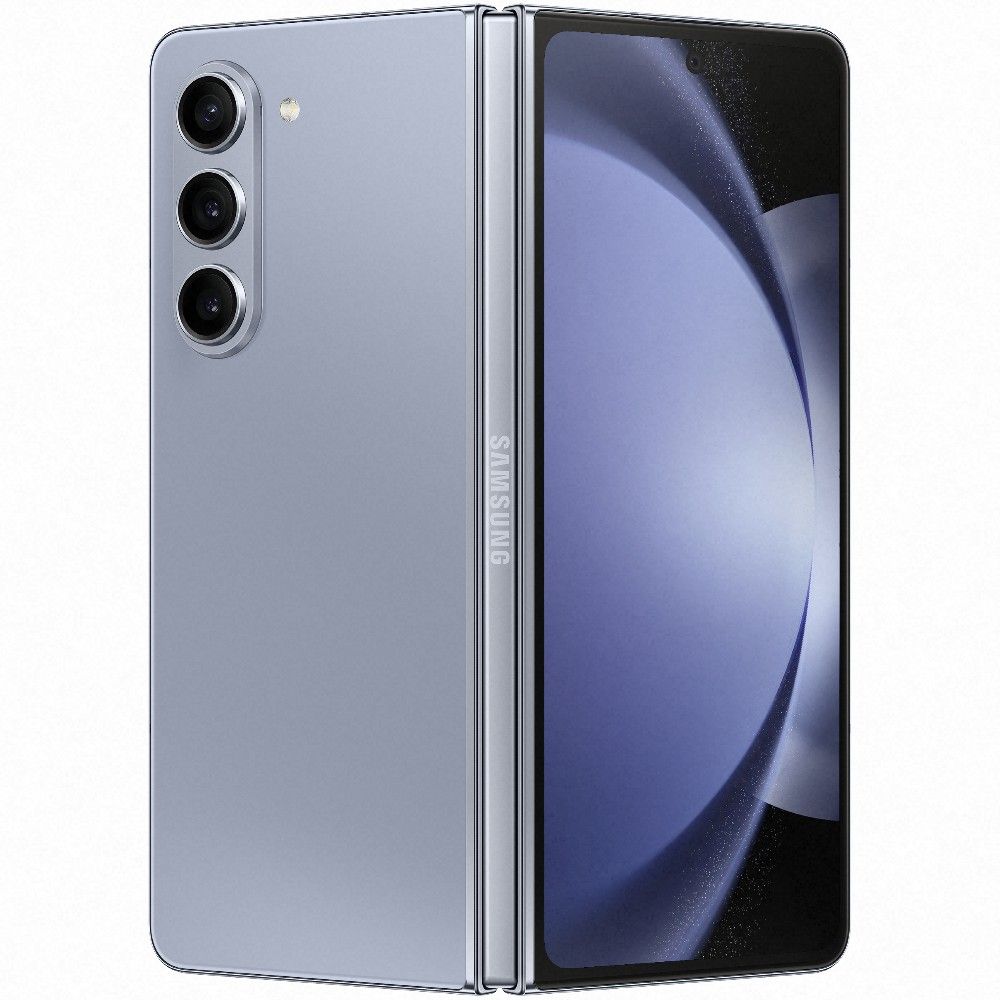
Source: Samsung
Samsung Galaxy Z Fold 5
Editor’s choice
Folding phenom
The Galaxy Z Fold 5 is a stellar phone with a folding screen, great cameras, and lots of performance potential. It has some drawbacks, but the main issue most will have with it is the $1,800 price.
If you’d rather not spend the big bucks on the Z Fold 5, Apple’s iPhone 14 Pro Max should be a great alternative. It’s not as flashy as the Z Fold 5, but it is currently the largest and most powerful iPhone on the market. It’s powerful, it has excellent battery life, and its 6.7-inch screen will wow you each time you turn it on, even if it doesn’t fold up. Considering it starts at about $700 less than the Z Fold 5, this iPhone should be a great choice for most users as long as they’re OK working with iOS.
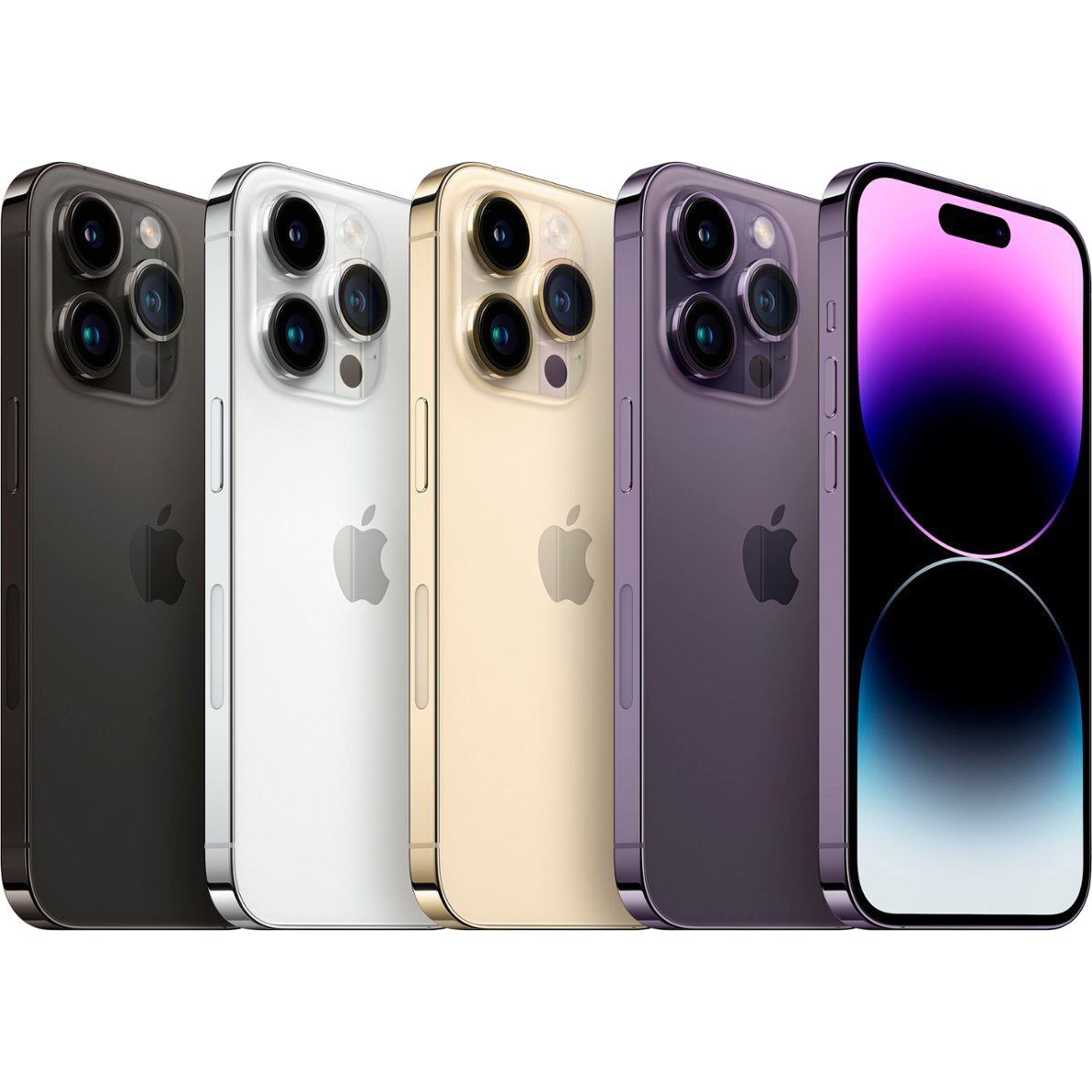
Source: Apple
Apple iPhone 14 Pro Max
Runner-up
Apple’s biggest iPhone
Apple’s iPhone 14 Pro Max might not have the same design appeal as the versatile Z Fold 5, but considering it’s the biggest and most powerful iPhone around for $700 less to start, it should quickly become evident that it’s the right choice for more people.

